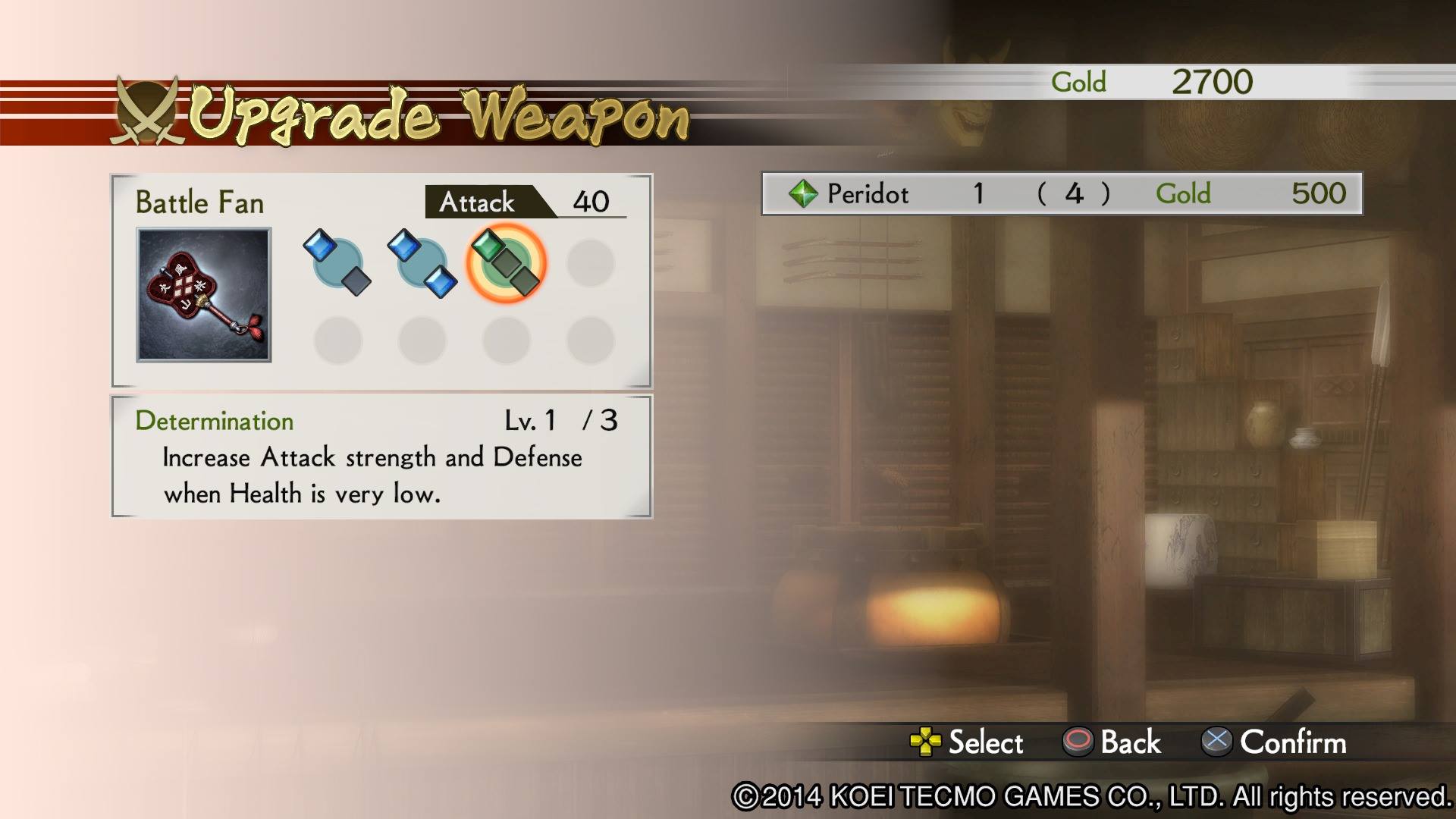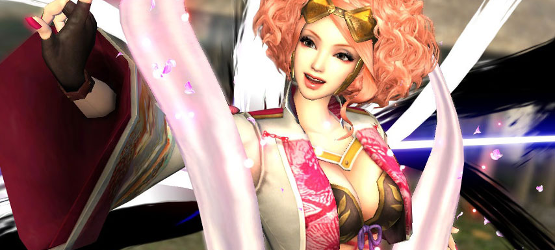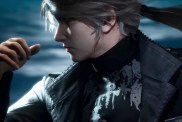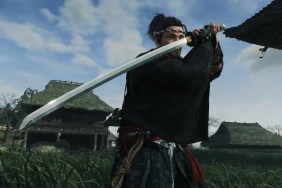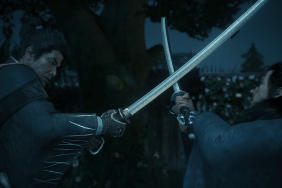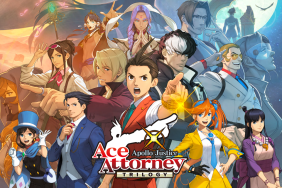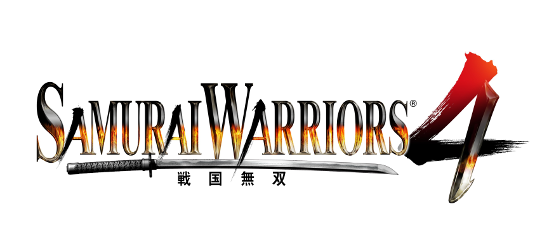
The last time a PlayStation console had seen Samurai Warriors outside of Japan was in 2007, with the release of Samurai Warriors 2 Empires for the PlayStation 2. The third entry was a Nintendo Wii exclusive, but now the series is back with a vengeance on the PS3, PS4, and Vita. Is there enough new content to warrant a sequel, or is this more of the same?
Sengoku Combat
Just like the game before it, and the one before that, and the one before that, Samurai Warriors 4 takes place during the tumultuous Sengoku period of Japan, from the 15th to 17th centuries. You’ll play as one or two of the 55 characters in each mission, and in single-player you are free to switch between the two by pressing the Options/Start button. By the end of it all, you’ll likely have learned a bit about Japan’s history, because the game is based on real-world events in feudal Japan. They take some obvious liberties with the history, and liven things up in humorous or more dramatic ways than things likely played out in real life.
Combat has always been a slow, plodding affair in previous Warriors games. Thankfully, it has been sped up quite a lot with the advent of new Hyper moves. You can begin a combo with the square button, as usual, but you can also use the triangle button to perform faster moves. Mashing triangle can result in hundreds of enemy knockouts within seconds, however, this move can not usually be used to tackle officers, who are stronger than the peons strewn throughout the battlefield. You also have to be mindful of Standard Bearers, who hold up a flag, which enhance the enemy soldiers. They are a minor nuisance at first, but in later levels become crucial to take out quickly before you are ganged up on by enemy officers. These actions build up your Musou gauge, which you can use to perform special moves once the gauge is high enough. Or, you can wait to build up a separate Spirit gauge, which can be used to enter Rage mode. This slows down your enemies while you can go to town on them with enhanced damage. If you have enough Musou, you can perform one of your most powerful moves by pressing the circle button, and can easily clear the area of enemies. This is useful against the game’s many officer and boss characters.
Most missions consist of killing thousands of enemies while eliminating certain officers as it pertains to the events unfolding before you. Because the entire game is strictly in Japanese with English subtitles, you can spend a fair amount of time reading subtitles instead of focusing on the action. This isn’t actually that big of a problem unless you are fighting officers, and because the game will interrupt your fighting whenever a new objective is encountered, with new helpful arrows that give you and your partner the shortest path to take in order to reach it. This is a helpful feature to decrease mission completion times. Just like other entries before it, combat can feel repetitive, but only if you allow it to become so. You can feel incredibly powerful as you change up your combos and take out waves of enemies and their more challenging officers, but only if you learn to vary your combos. I’ll often find that I forget to utilize my special attack, the R1 button, which can unlock a variety of new moves temporarily, or produce character-specific effects such as lay energy bombs or launch fireballs.
This Dragon Has a Long Tail
The game plays in at least 13 chapters, which are presented more like seasons of a television show. There are introductory and ending cinematics to each chapter, complete with the game’s credits. Before each episode/mission, there are also short interactions between characters. These are shown with the characters’ 3D models rather than simple avatars. Oddly, and rather hilariously at times, the 3D models show next to no emotion whatsoever, while their static avatars reflected their emotions much more clearly. When Nobunaga was laughing, for example, he was so robotically animated that I couldn’t help but laugh out loud.
You can create your own custom character in the Dojo, which can then be used in the game’s Chronicle mode. This mode has you traveling around Japan and getting into skirmishes while you meet legendary characters from the franchise or random merchants as you move around. It’s surprisingly lengthy, and even includes branching dialog, usually where you can accept or decline a mission. The character creation options aren’t too deep, but you can get a rough approximation of yourself in a few minutes. There is also the option to copy images from a USB disk to use as your avatar on the game’s map or in place of traditional Kanji characters that display when you execute your Musou move, in a nice touch of customization that you don’t see too often in games anymore.
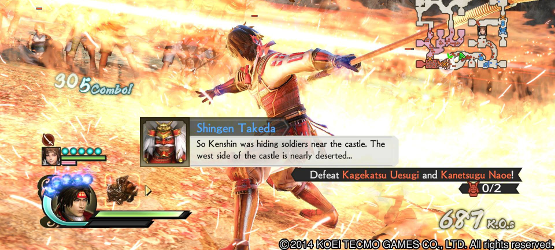
Graphically, Samurai Warriors 4 doesn’t look much better than Dynasty Warriors 8. While the frame rate is consistently at or above 60fps, even in the much-appreciated split-screen mode, there isn’t much to show for it. Occasionally, the game can manage hundreds of enemies on-screen at once, but more times than not this number is down to a few dozen enemies who pop in and out of view rather close to where you are. On several occasions in split-screen mode, when both myself and my partner were fighting numerous enemies, I could only see my weapons connecting to air; the enemies themselves had been rendered invisible! Perhaps this is the result of the game being released on last-generation hardware in the PS3 and Vita. Limitations like this make you yearn for this series to dump the legacy consoles and release solely on the PS4, but the game sells so well on the PS3 in Japan that you cannot blame Omega Force for capitalizing on it.
Audacious Ending
As mentioned previously, voiceover work is done strictly in Japanese, with accompanying English subtitles. The story is based off of actual history, which is full of unbelievable events as it is, but of course the team at Omega Force takes a few liberties with the story for comedy/drama’s sake. Every line is fully voiced, though, so you’re not just reading endless pages of story. There’s a soundtrack, but it lies distinctly in the background. The pre-mission screen music is a bit repetitive and a little grating after a certain point, but it’s nothing worth getting upset over. Overall Samurai Warriors 4 sounds traditionally Japanese, and that helps take you back to the era.
As is probably pretty evident by this point, if you’re a fan of the Warriors games, you should definitely pick up Samurai Warriors 4. There’s a decent serving of 55 characters. The action has been sped up considerably with the new Hyper moves. You can create a custom character and take them on a glorious tour of duty across feudal Japan. You can even learn a surprising thing or two about Japanese history in the process! While the combat can get repetitive, cranking up the difficulty and playing with lower-level characters can be a sure-fire way to keep the challenge up.
Review copy was provided by the publisher. For information on scoring, please read our Review Policy here.
-
Nice and lengthy campaign
-
Hyper attacks speed up combat
-
Split-screen hardly affects performance
-
Combat can still get repetitive
-
Pop-in/out remains heavy
Samurai Warriors 4
-
Samurai Warriors 4 600 Kos
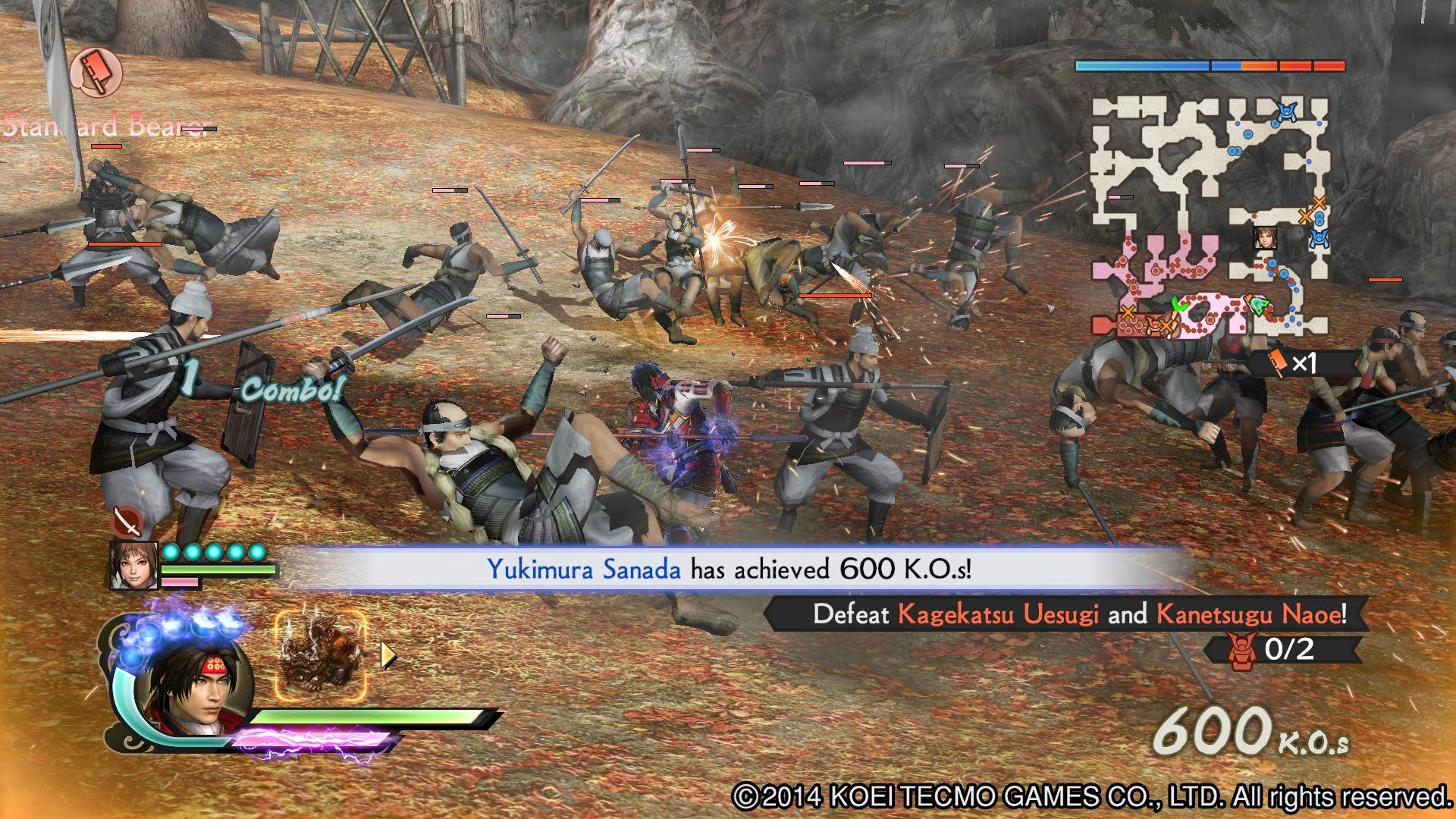
-
Samurai Warriors 4 After Battle Report
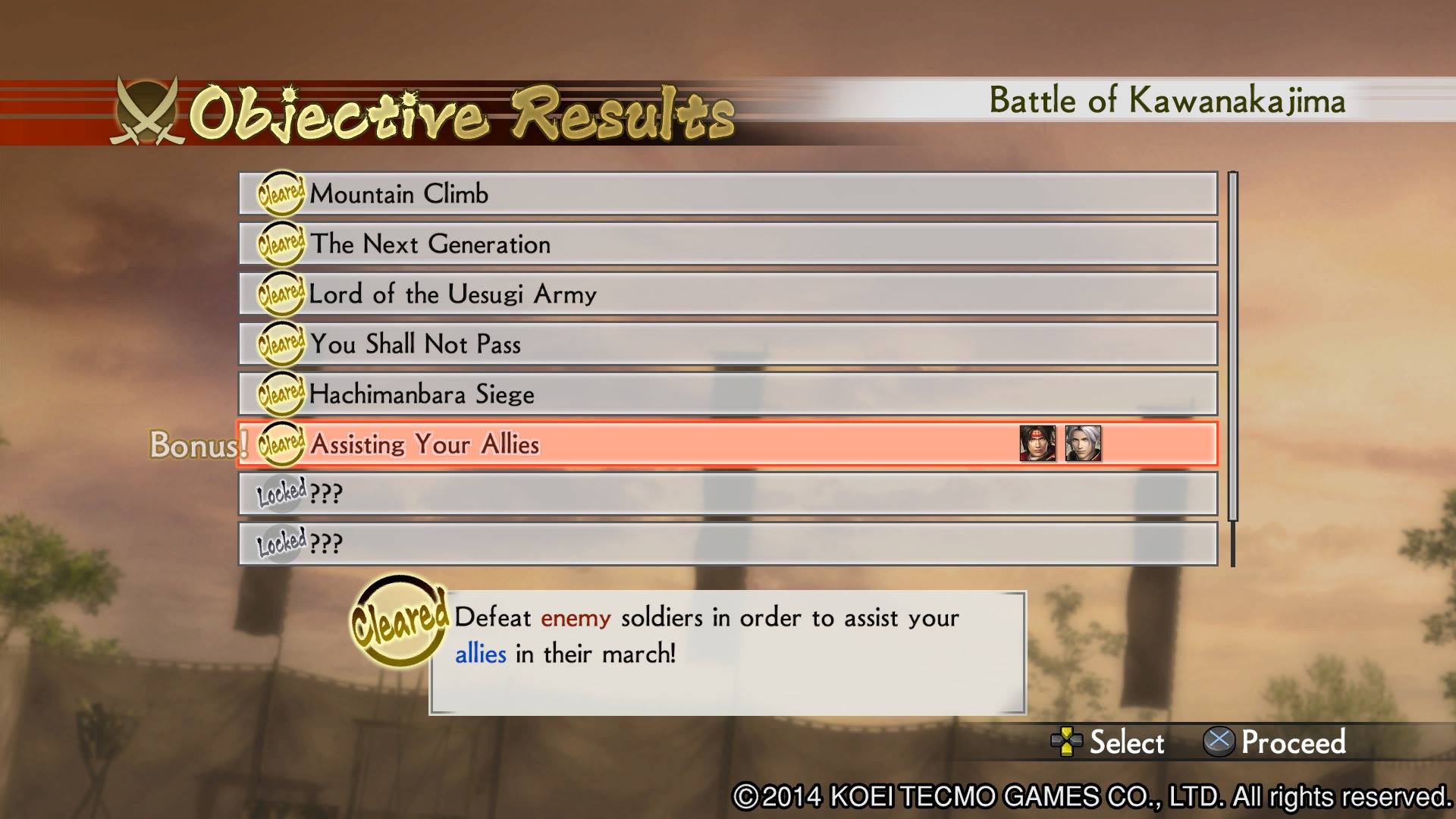
-
Samurai Warriors 4 Character Creator The Hat Might Be Out of Place
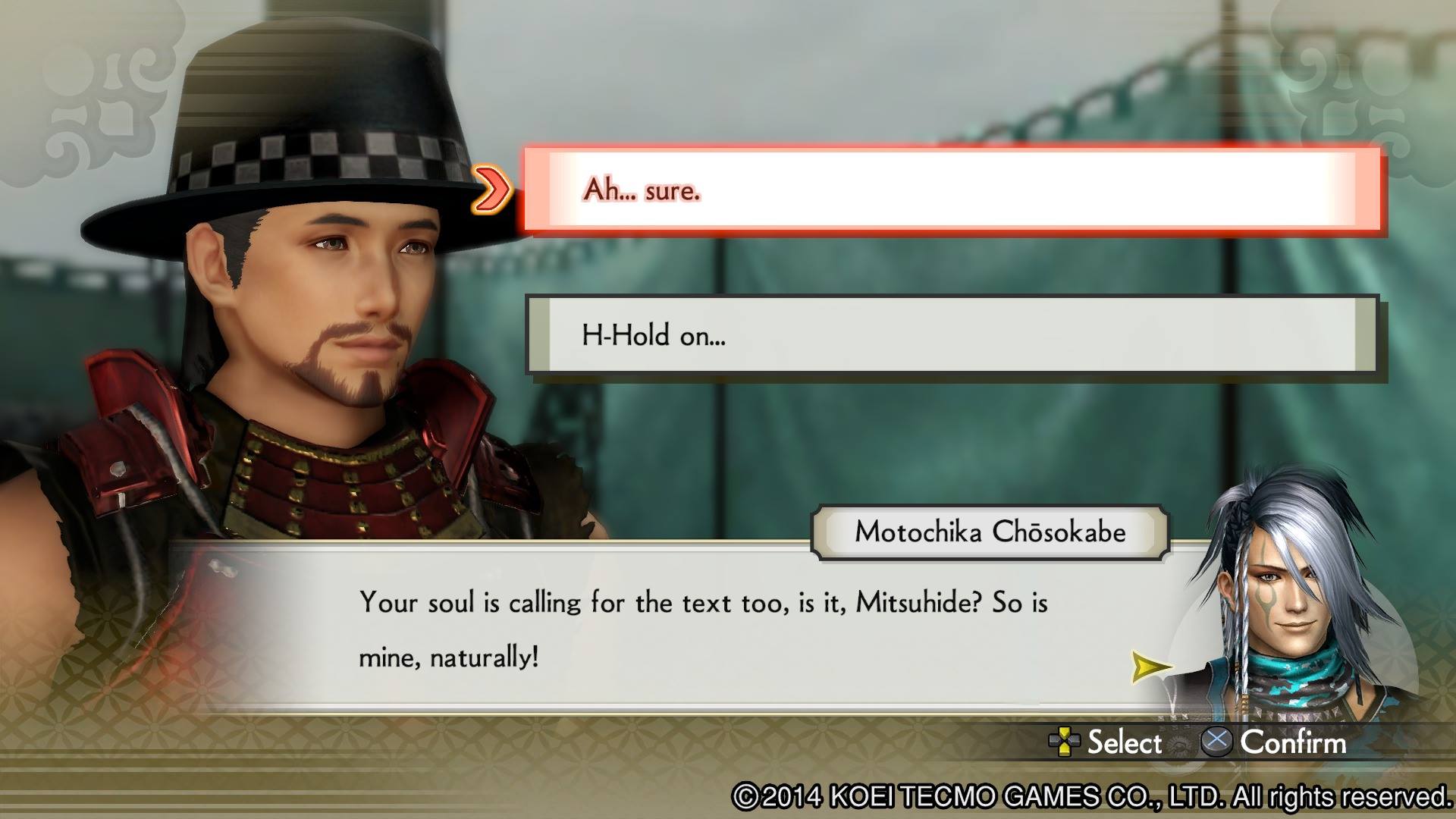
-
Samurai Warriors 4 Character Creator
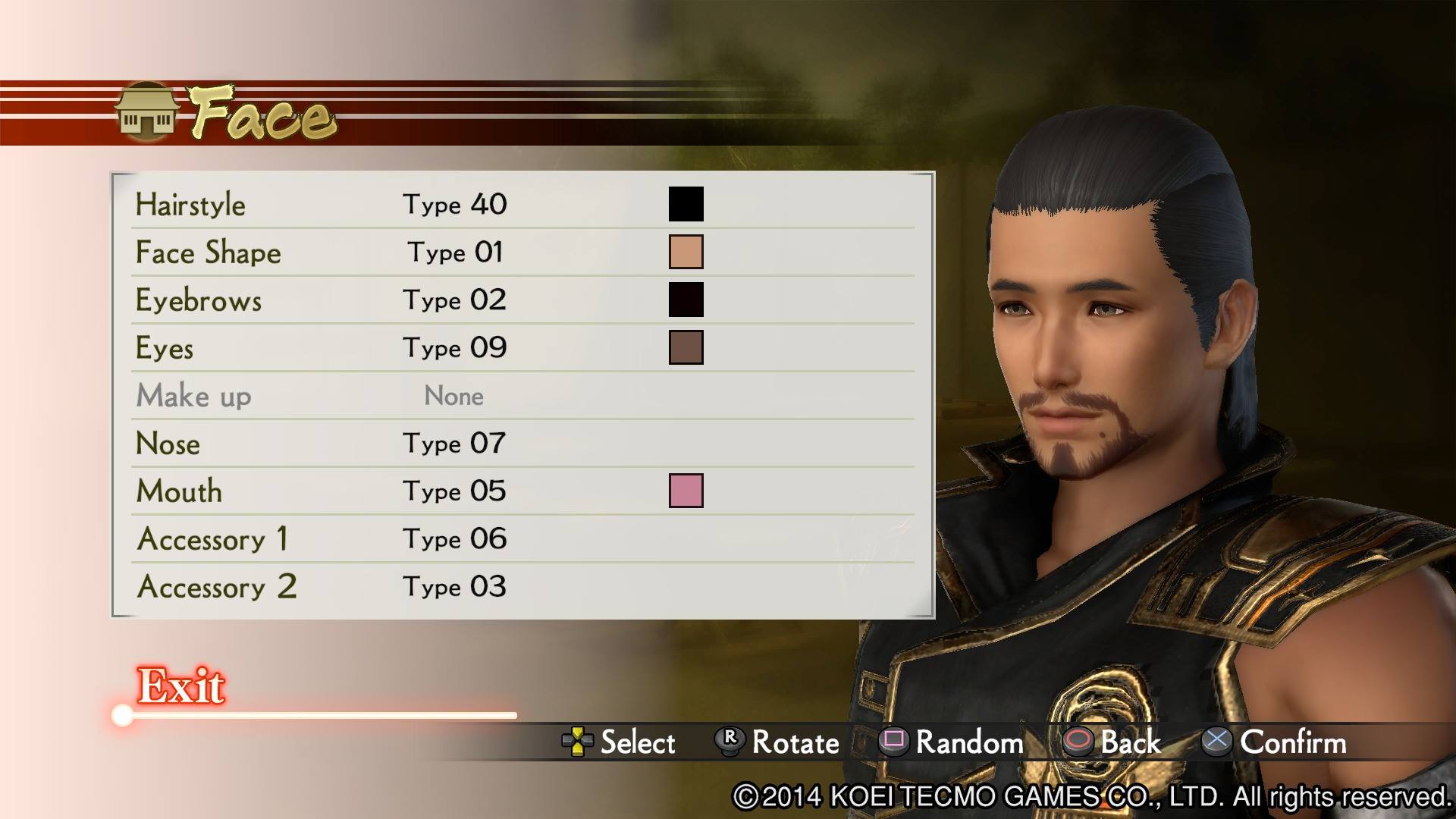
-
Samurai Warriors 4 Combos Overview
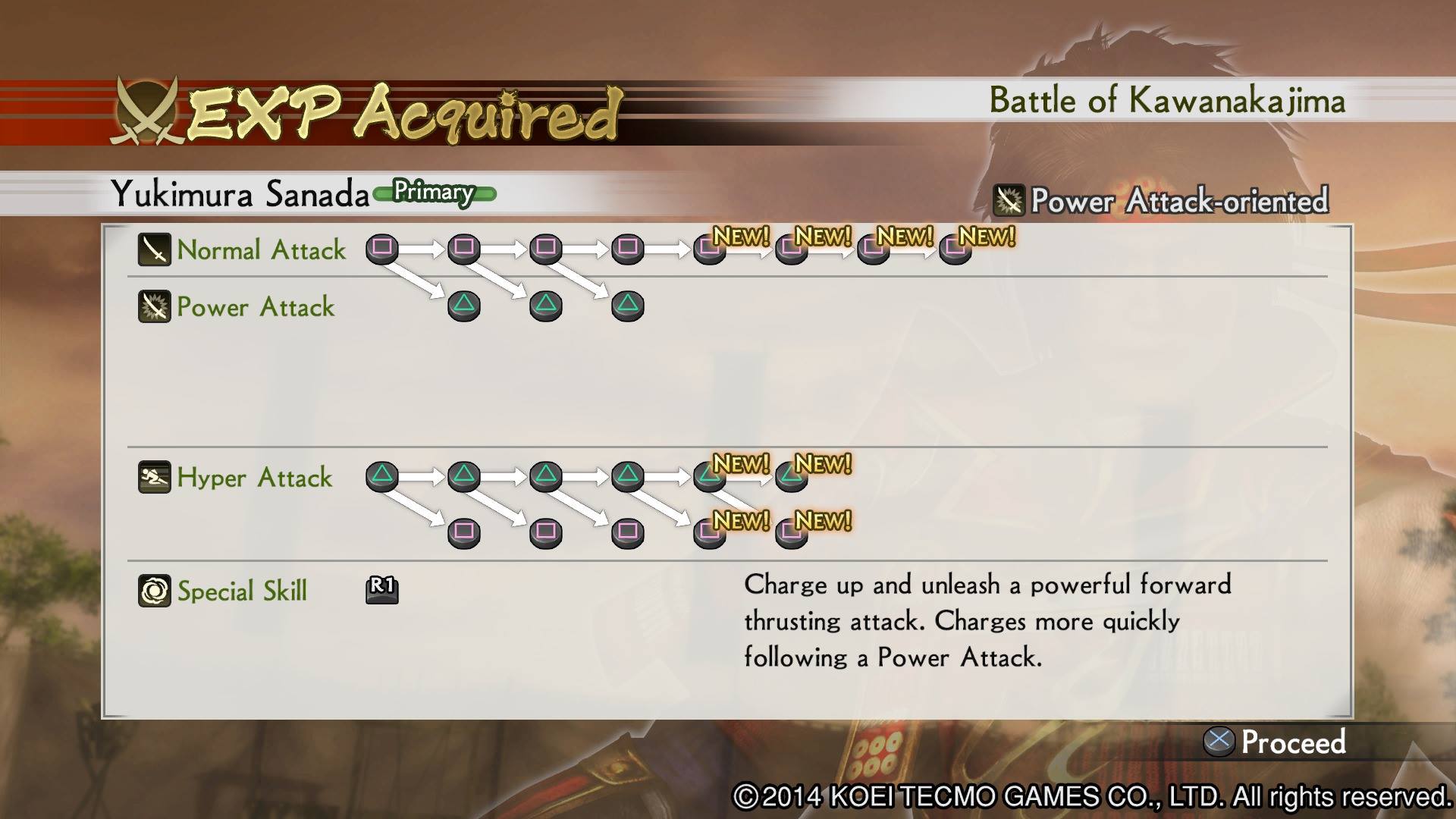
-
Samurai Warriors 4 Down By The River

-
Samurai Warriors 4 Episode Select
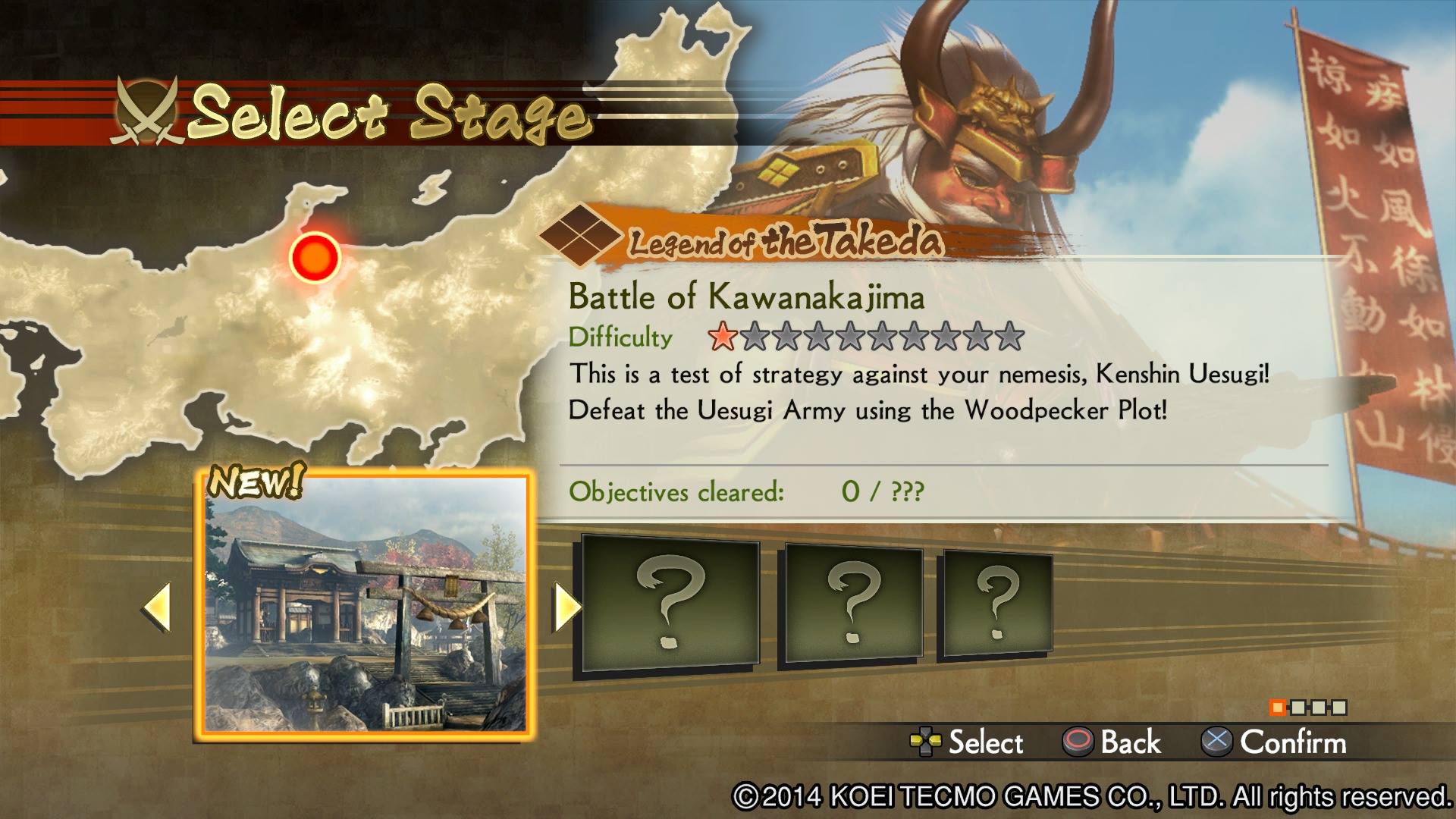
-
Samurai Warriors 4 Evil Man
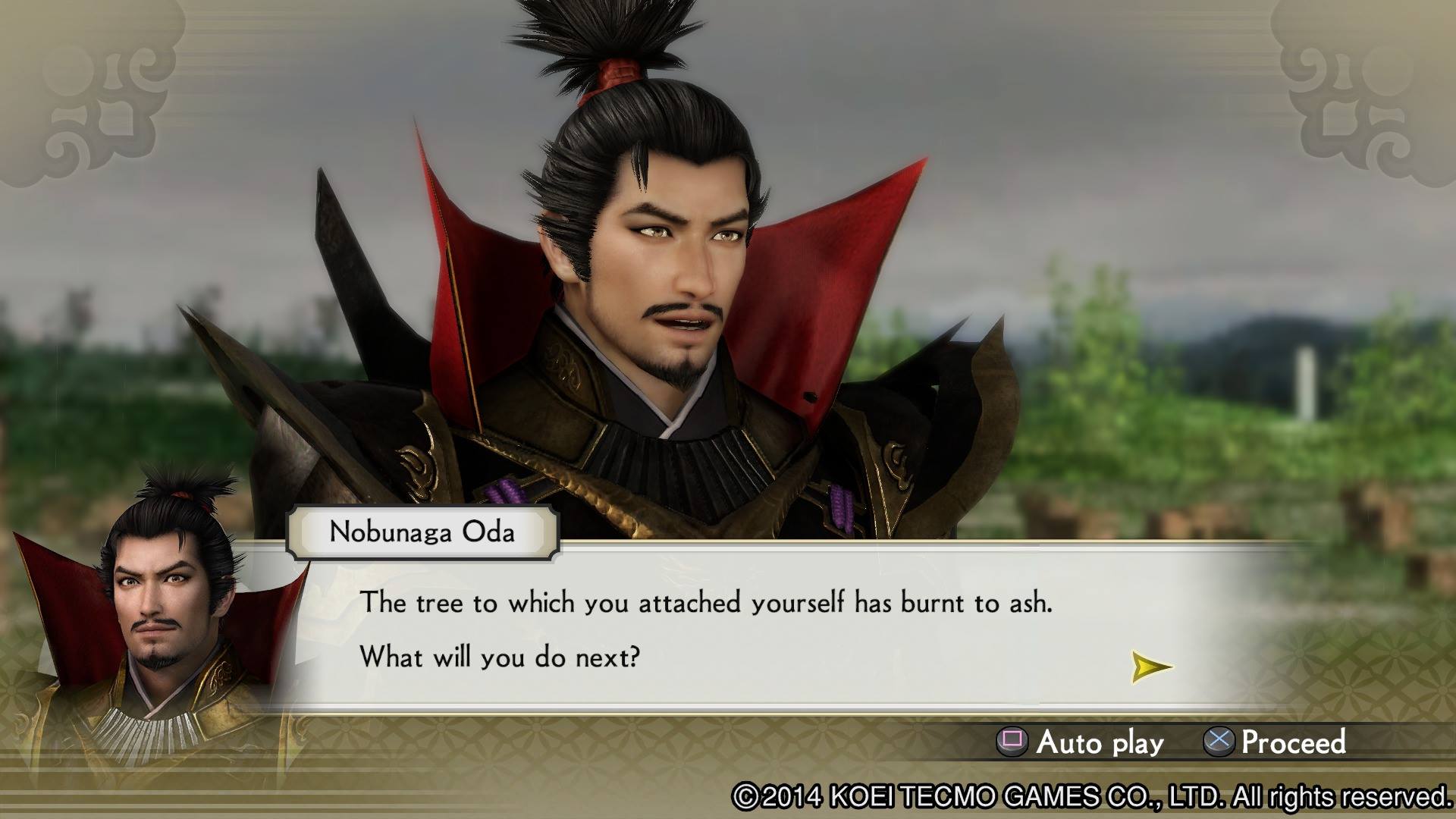
-
Samurai Warriors 4 Hes Certainly No Kratos
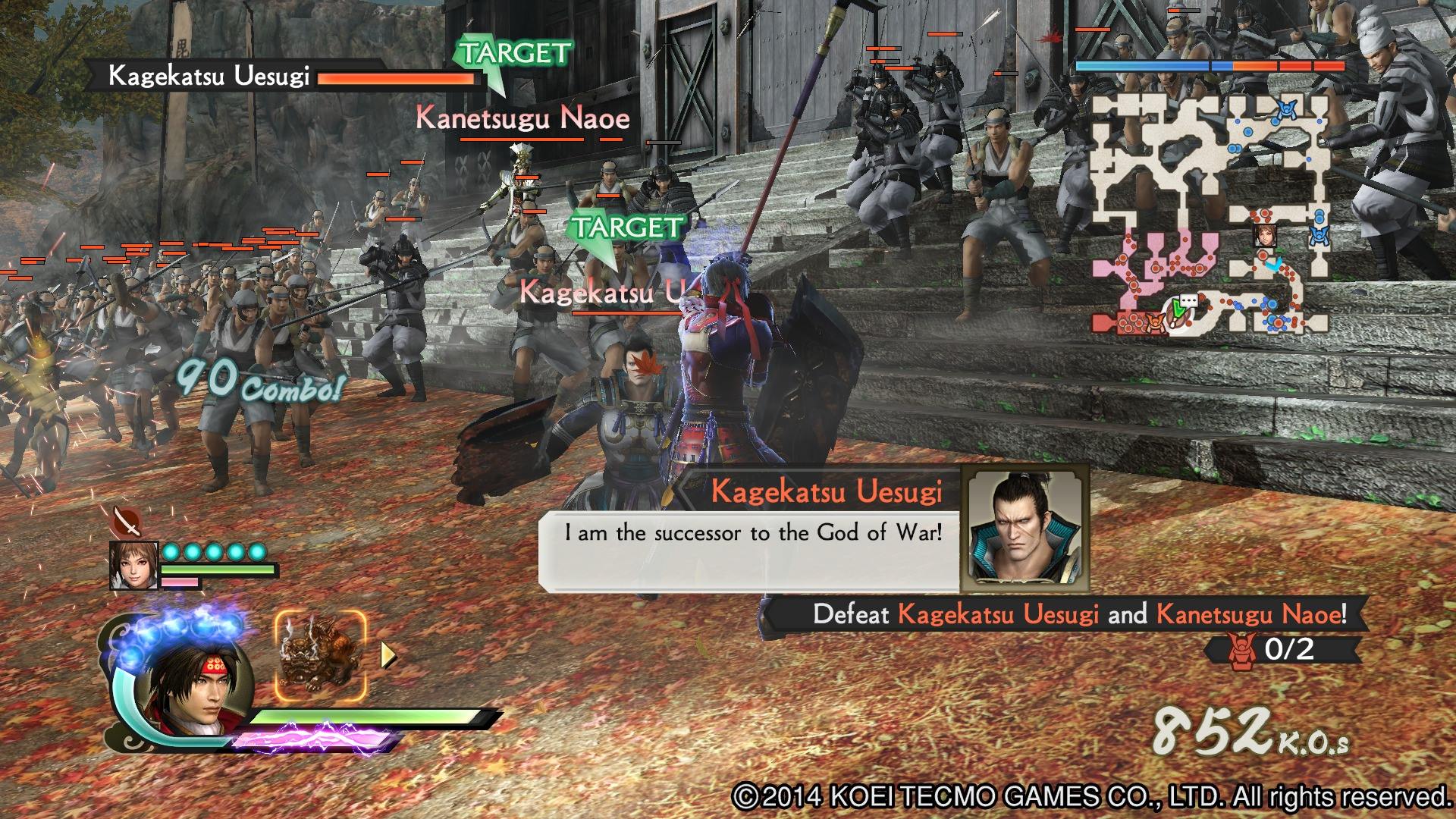
-
Samurai Warriors 4 Old Man Shingen

-
Samurai Warriors 4 on My Trusty Steed
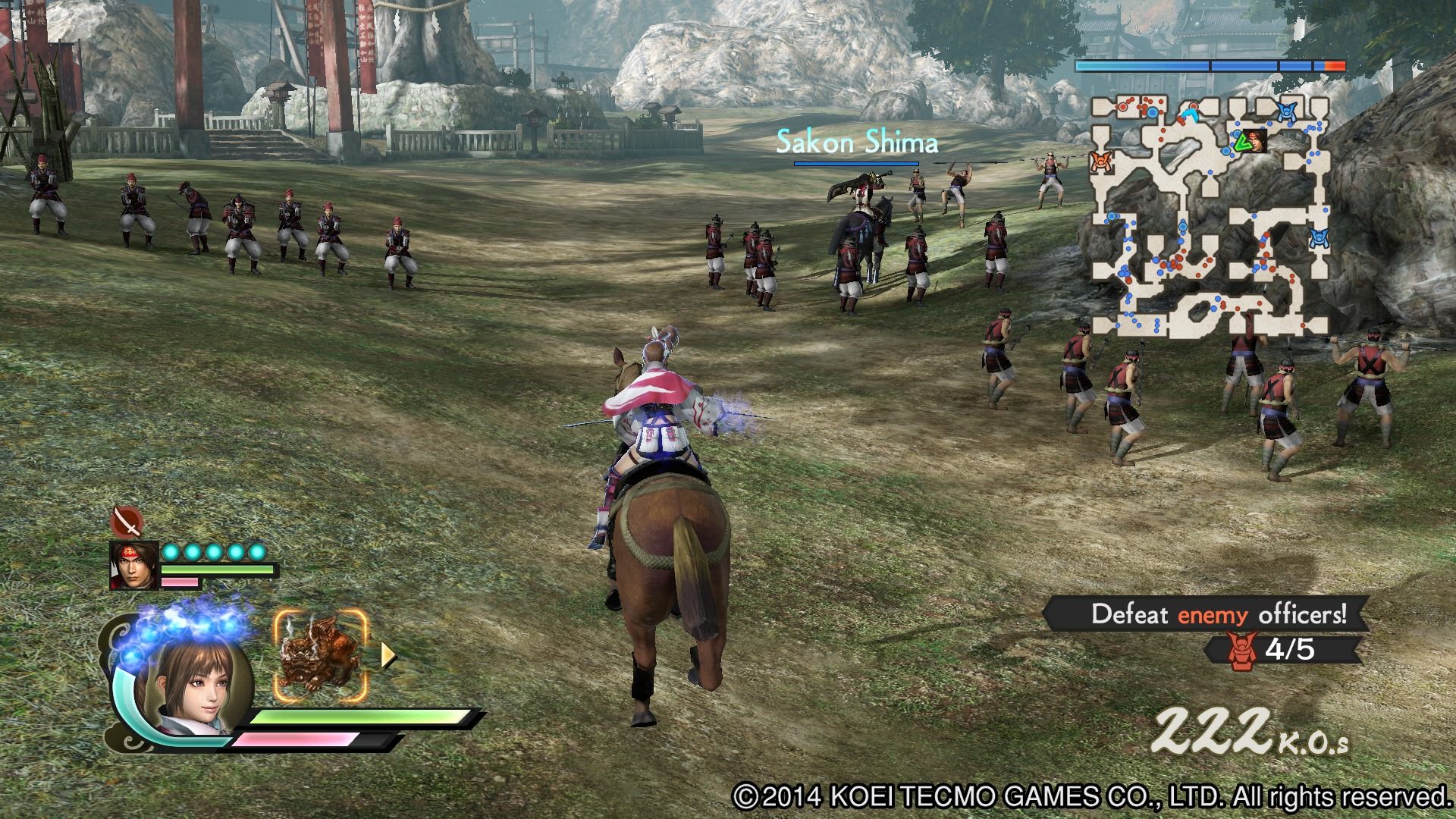
-
Samurai Warriors 4 Pretend She Did This

-
Samurai Warriors 4 Special Effects
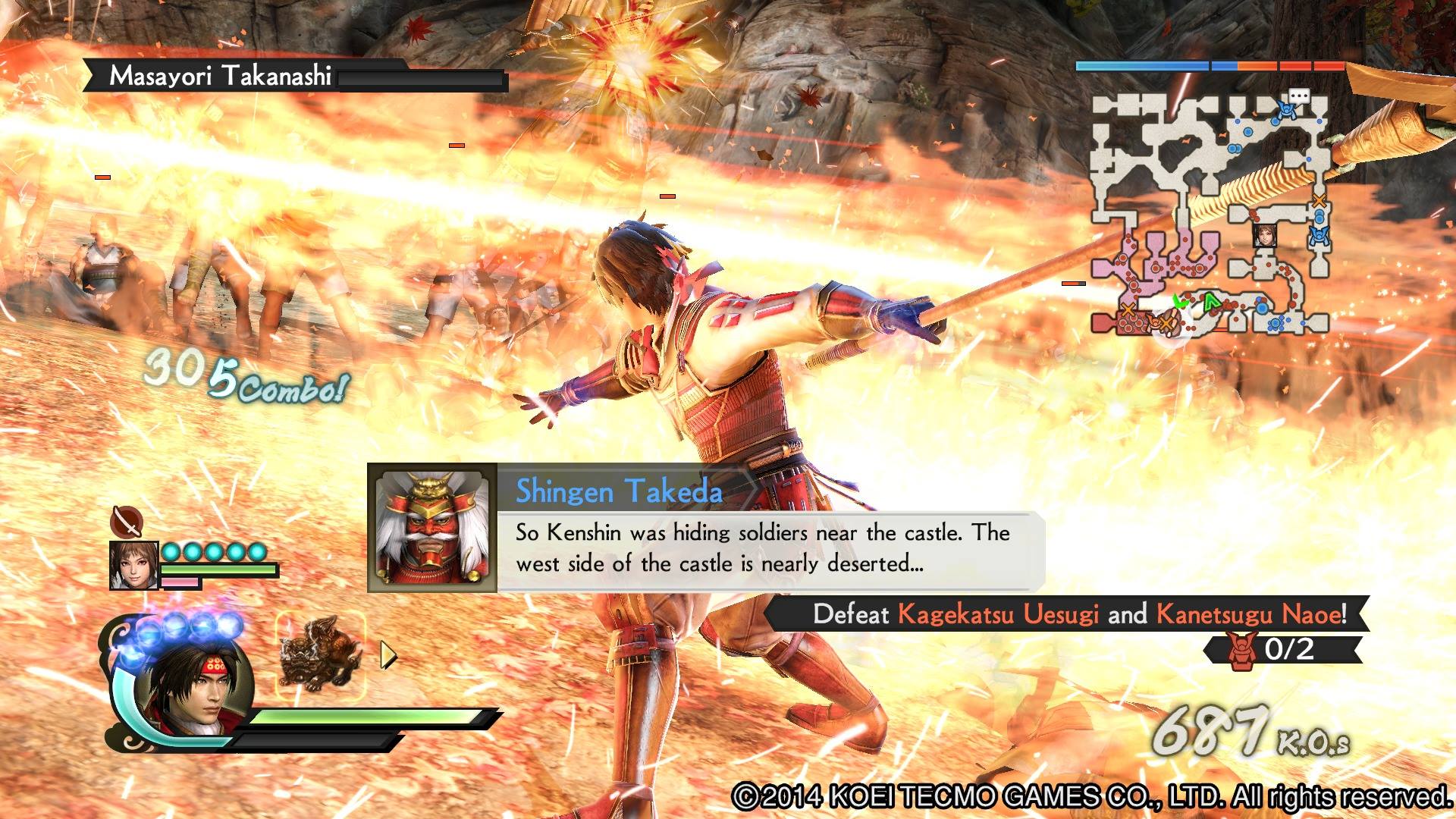
-
Samurai Warriors 4 Splitscreen 2
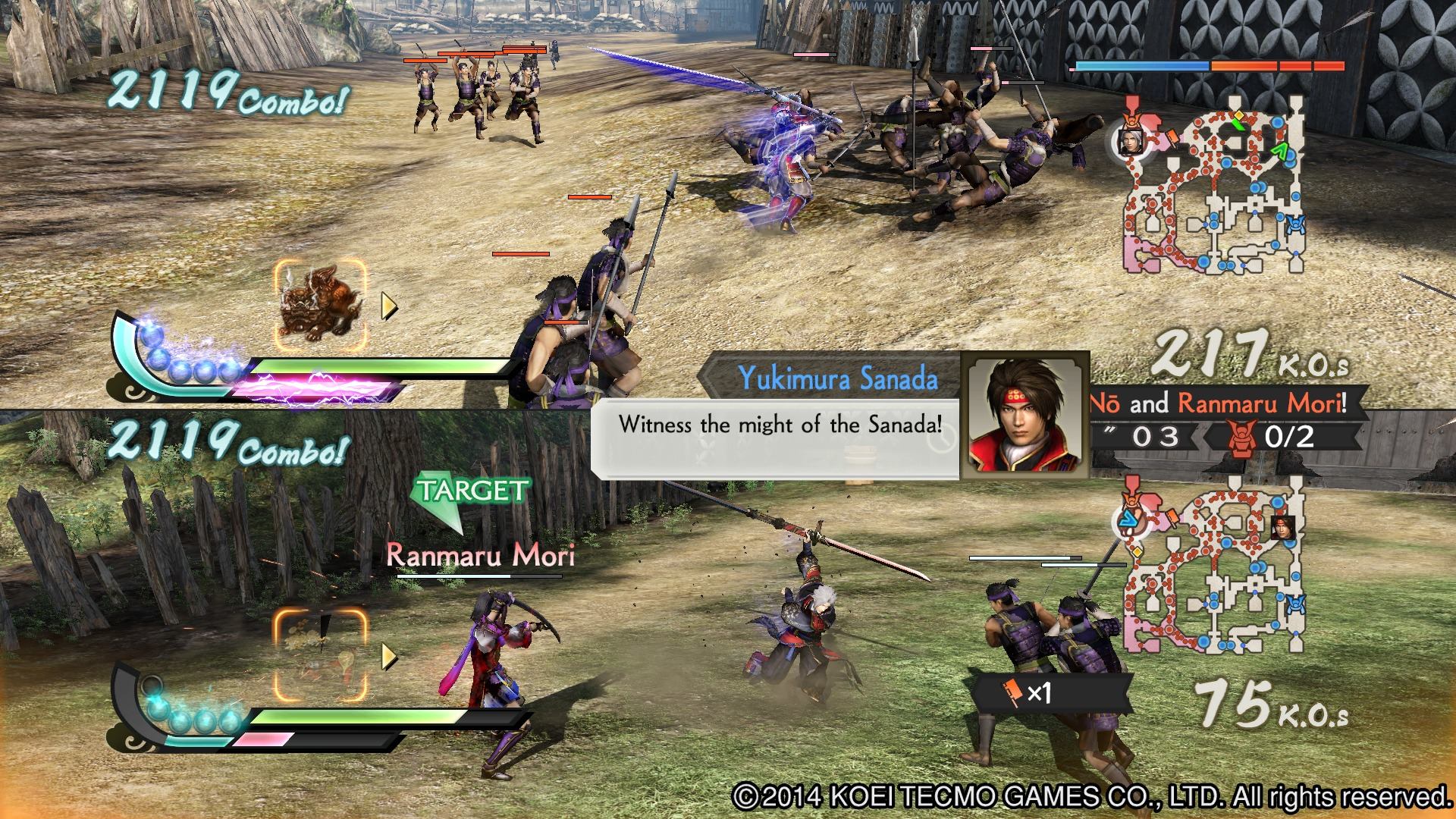
-
Samurai Warriors 4 Splitscreen 3 Massive Combo
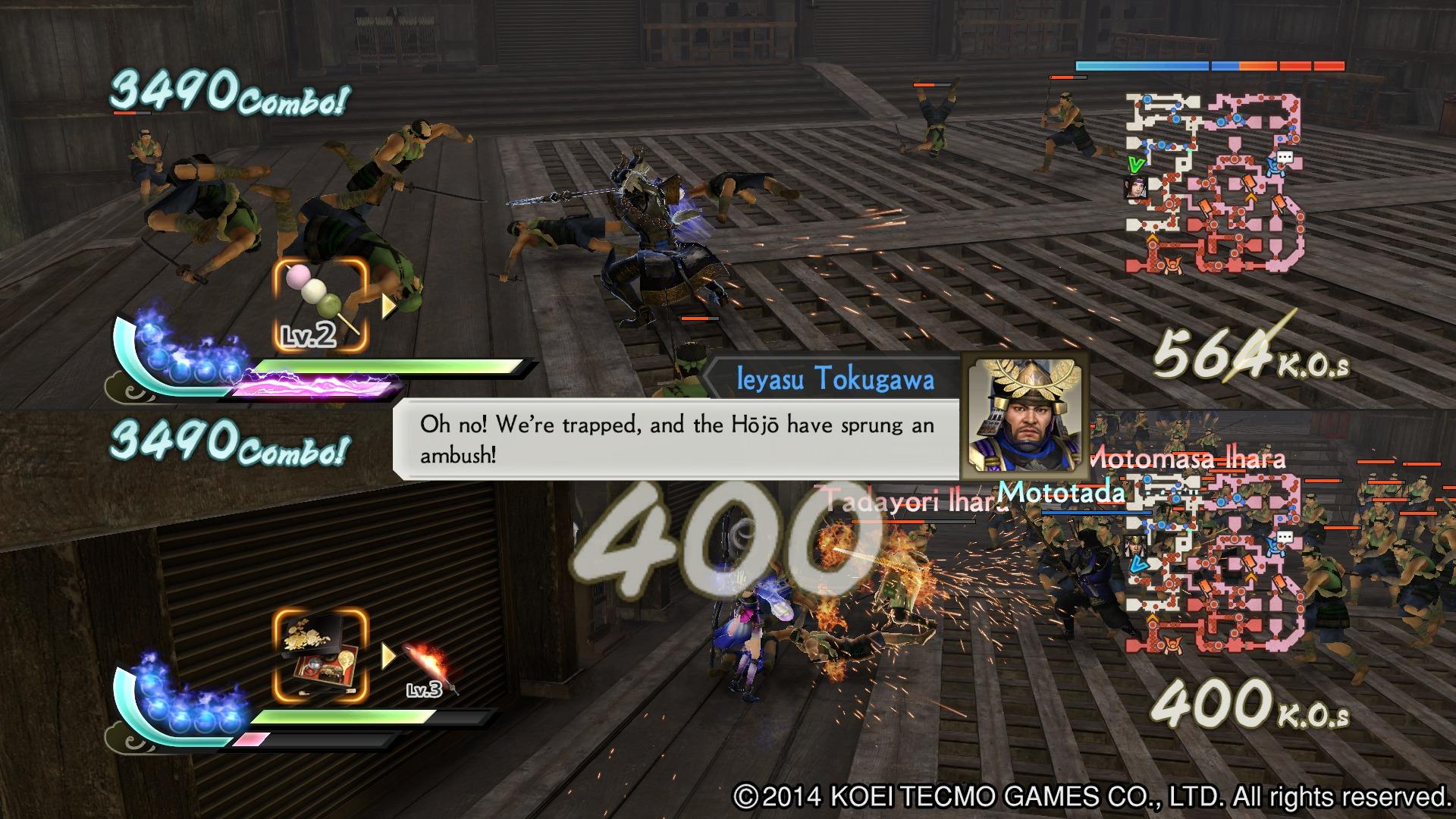
-
Samurai Warriors 4 Splitscreen 3
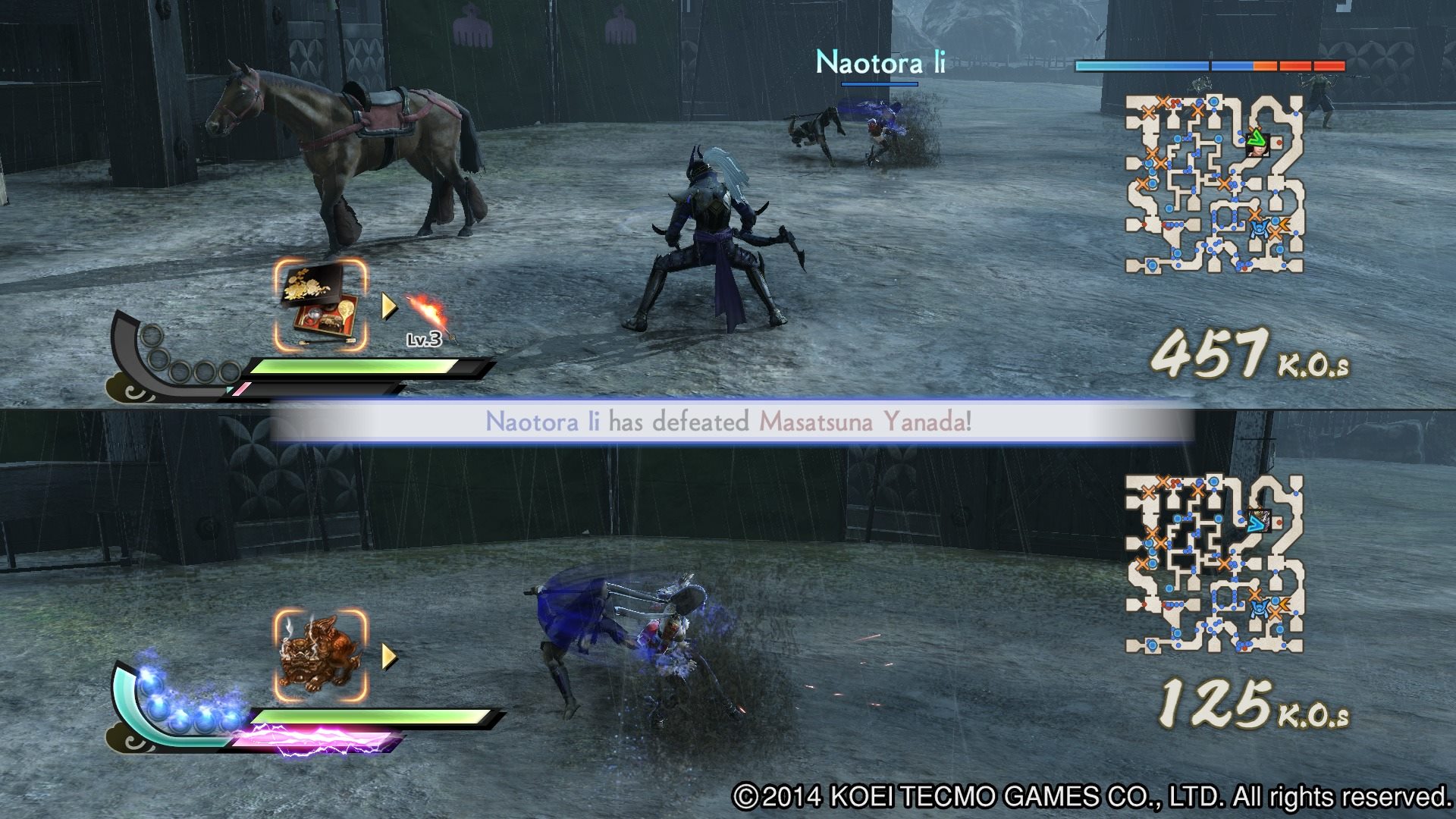
-
Samurai Warriors 4 Splitscreen 4 The Enemy Sits
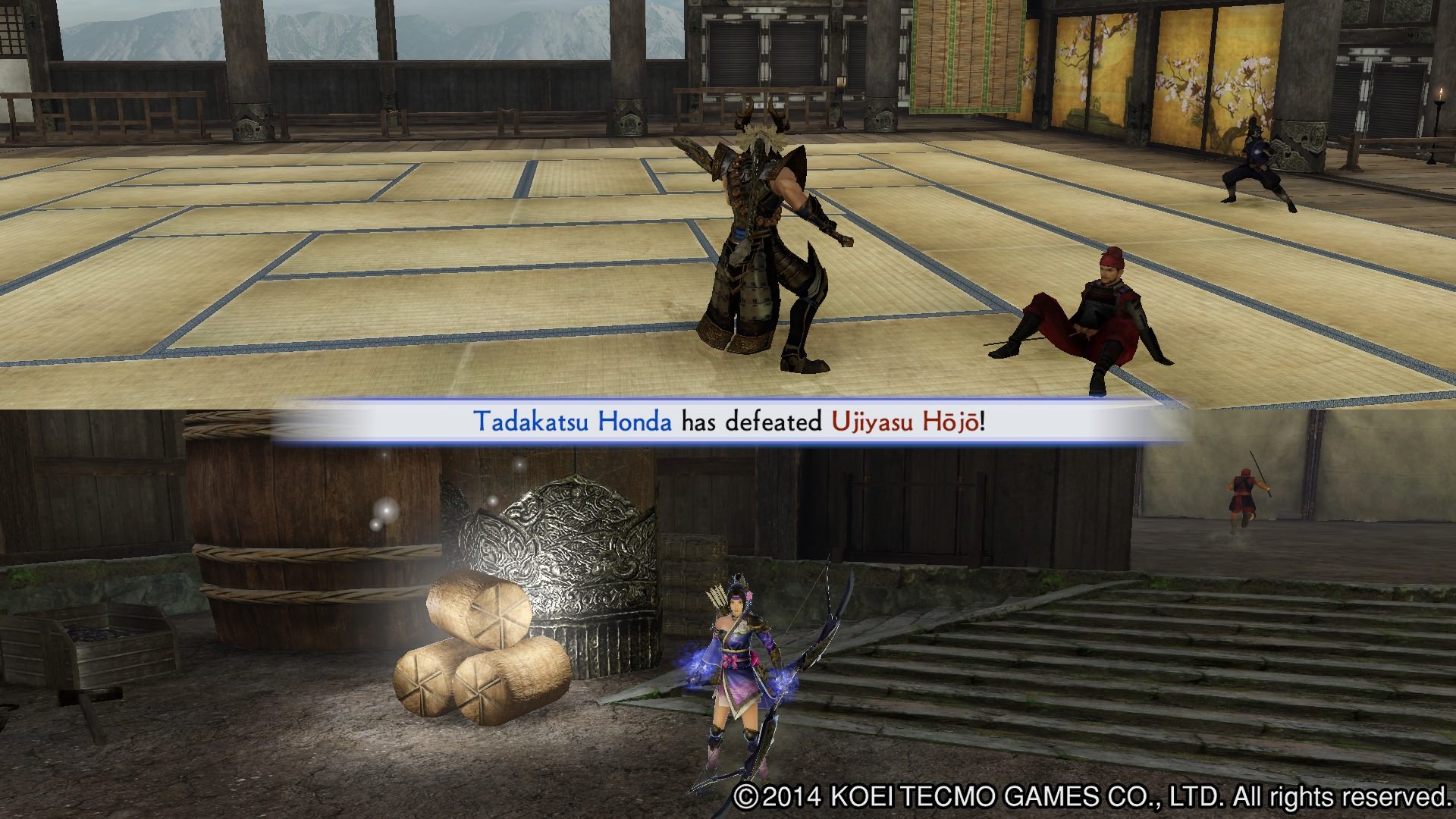
-
Samurai Warriors 4 Splitscreen 5
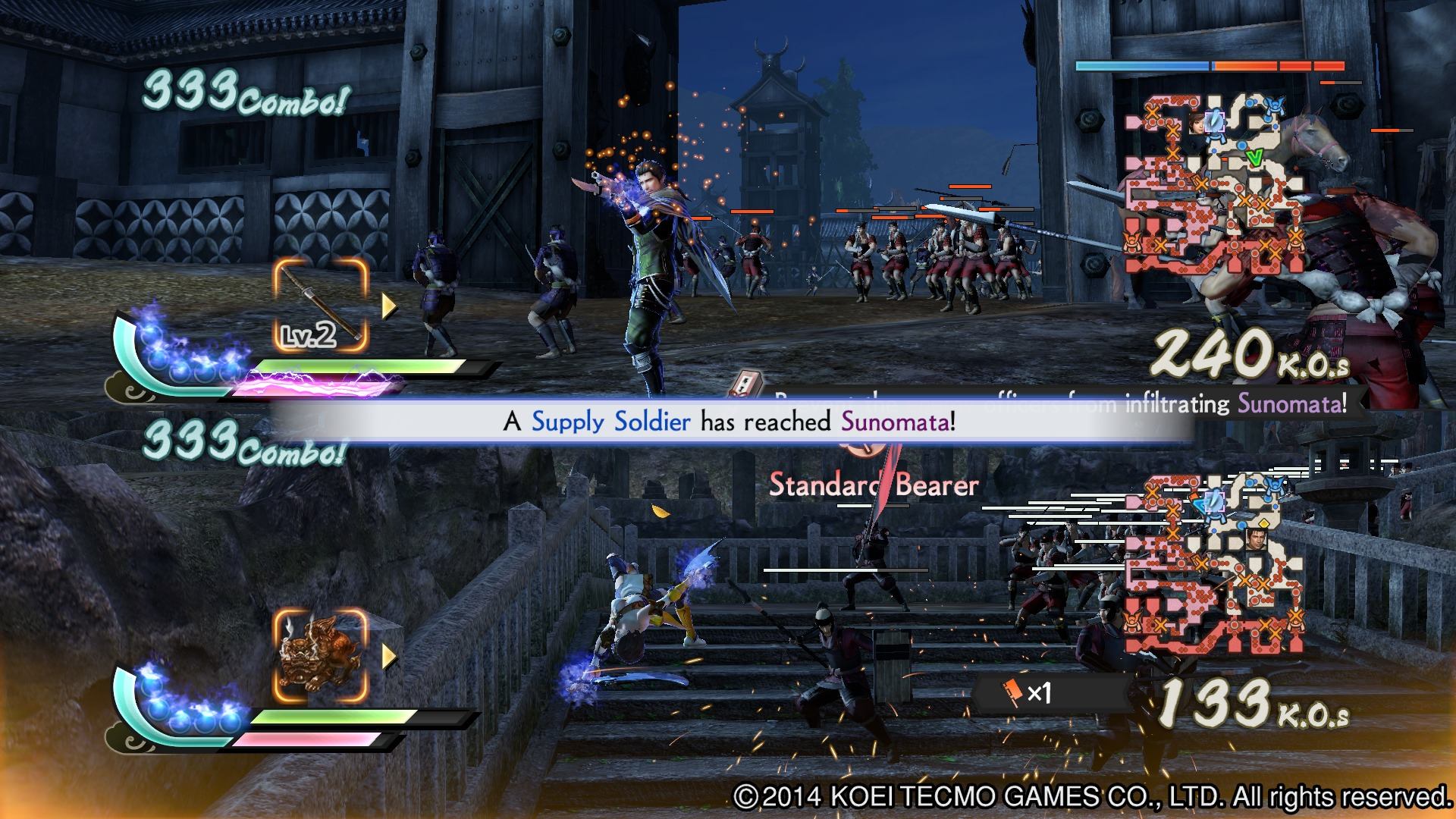
-
Samurai Warriors 4 Splitscreen 6
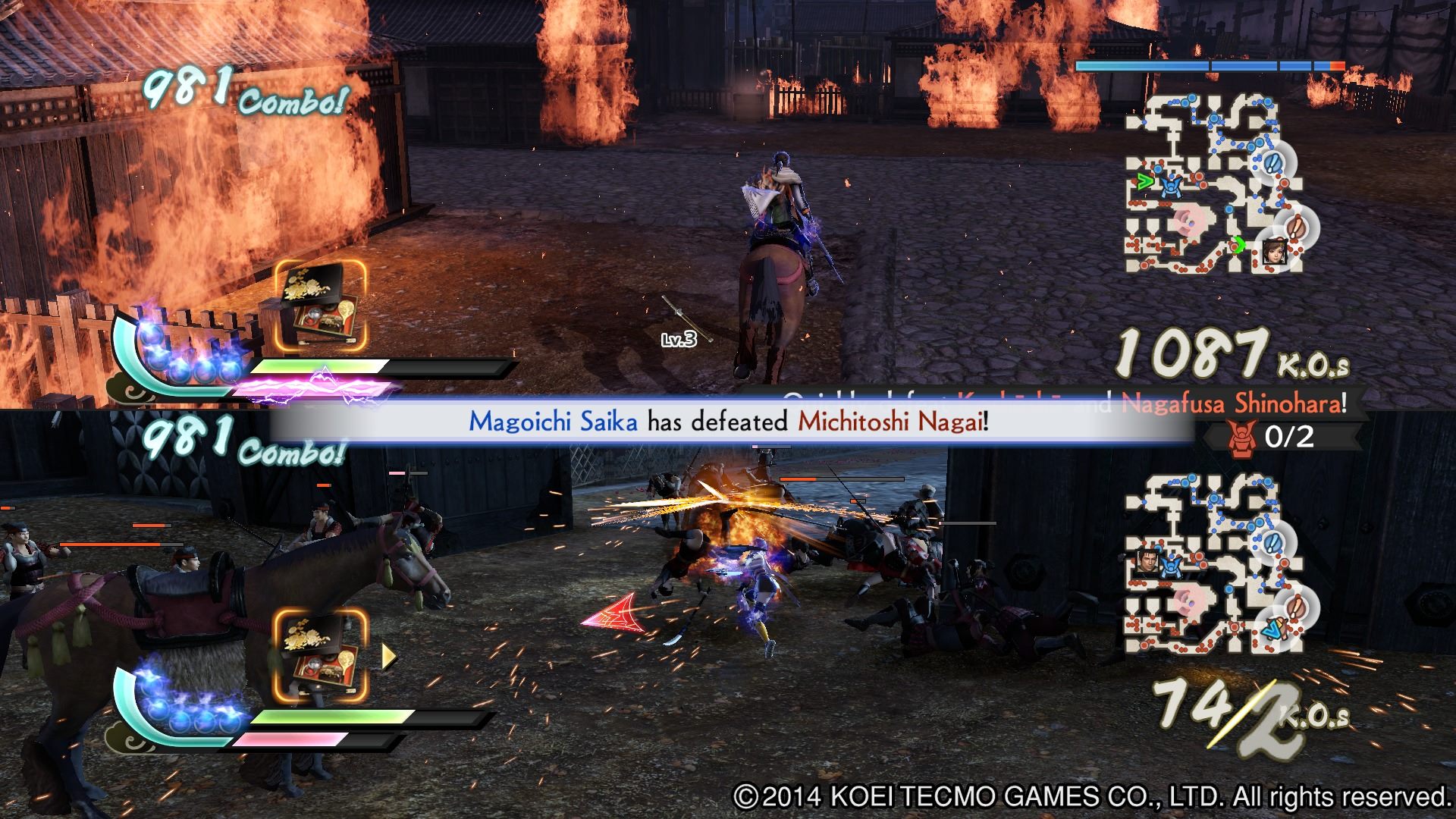
-
Samurai Warriors 4 Splitscreen 7
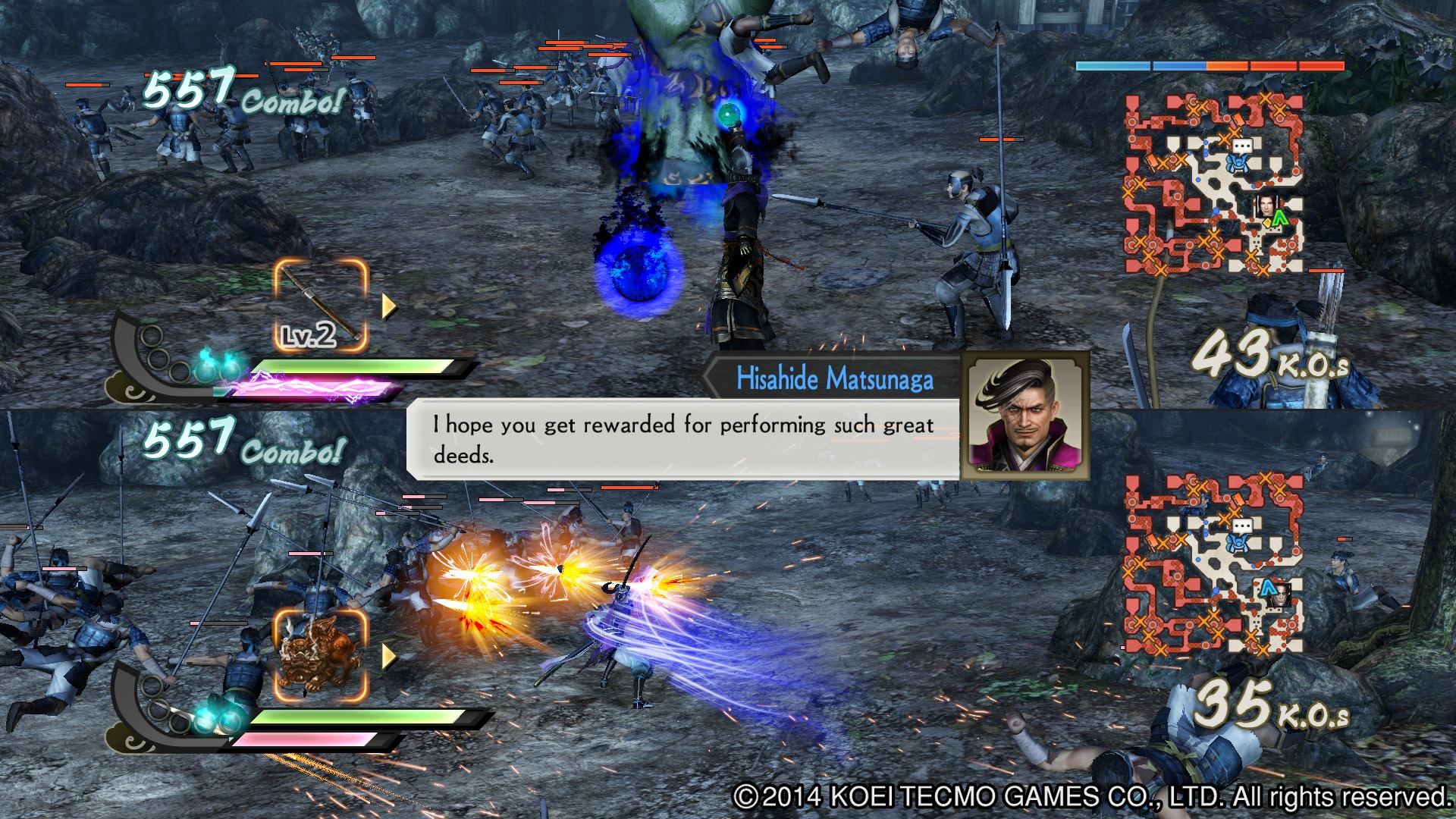
-
Samurai Warriors 4 Splitscreen 8 Huge Combo
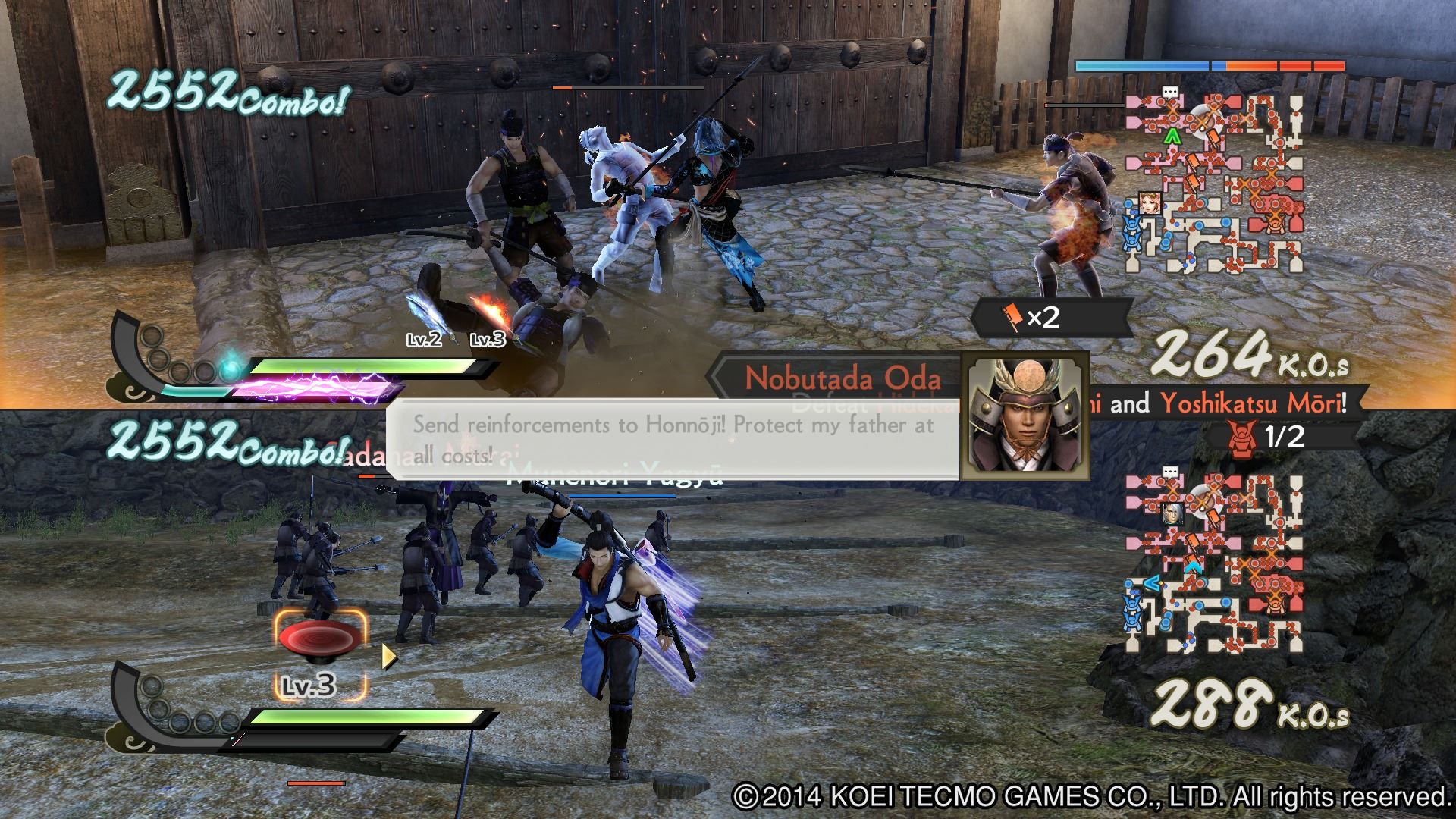
-
Samurai Warriors 4 Splitscreen 9
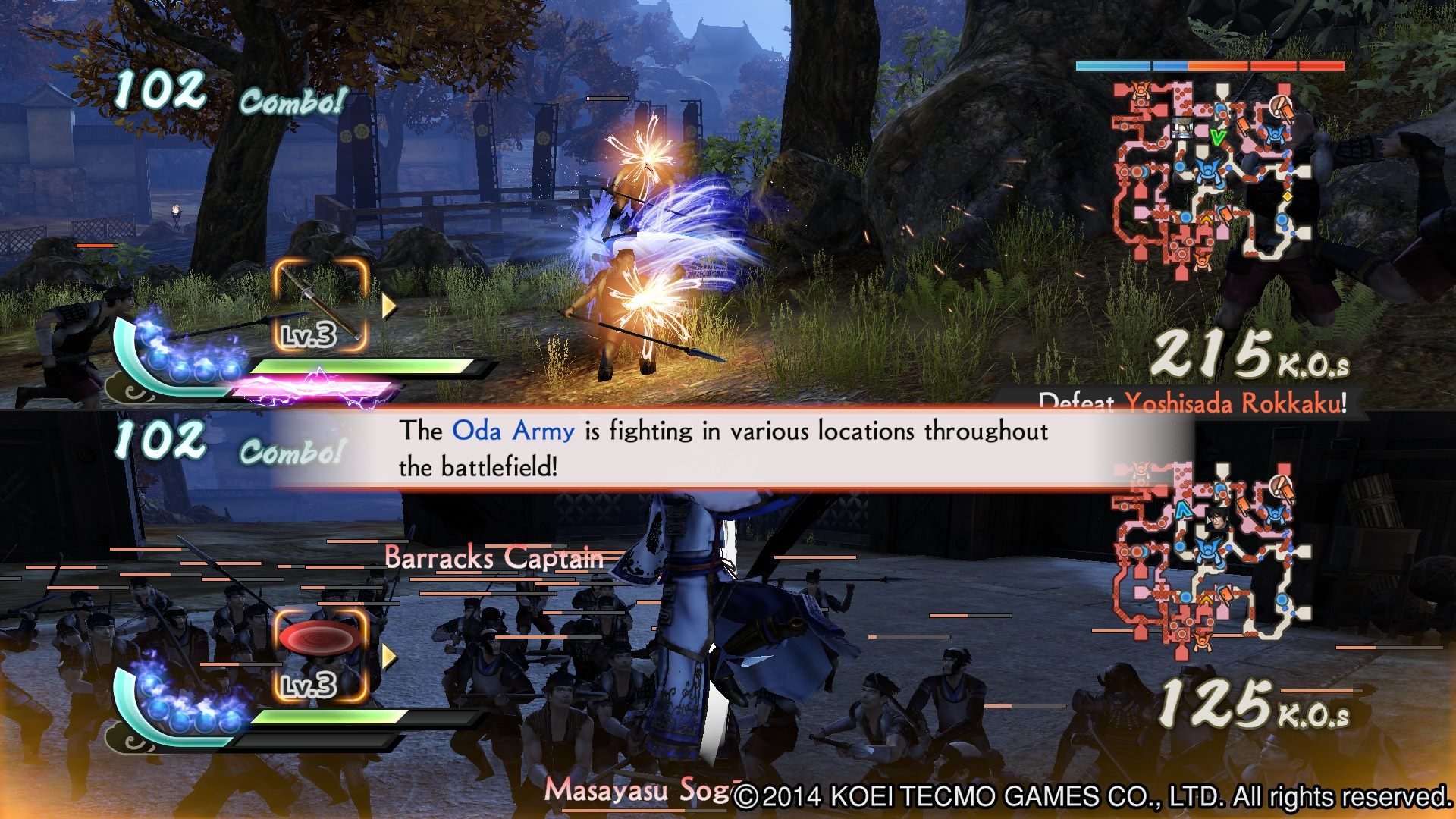
-
Samurai Warriors 4 Splitscreen
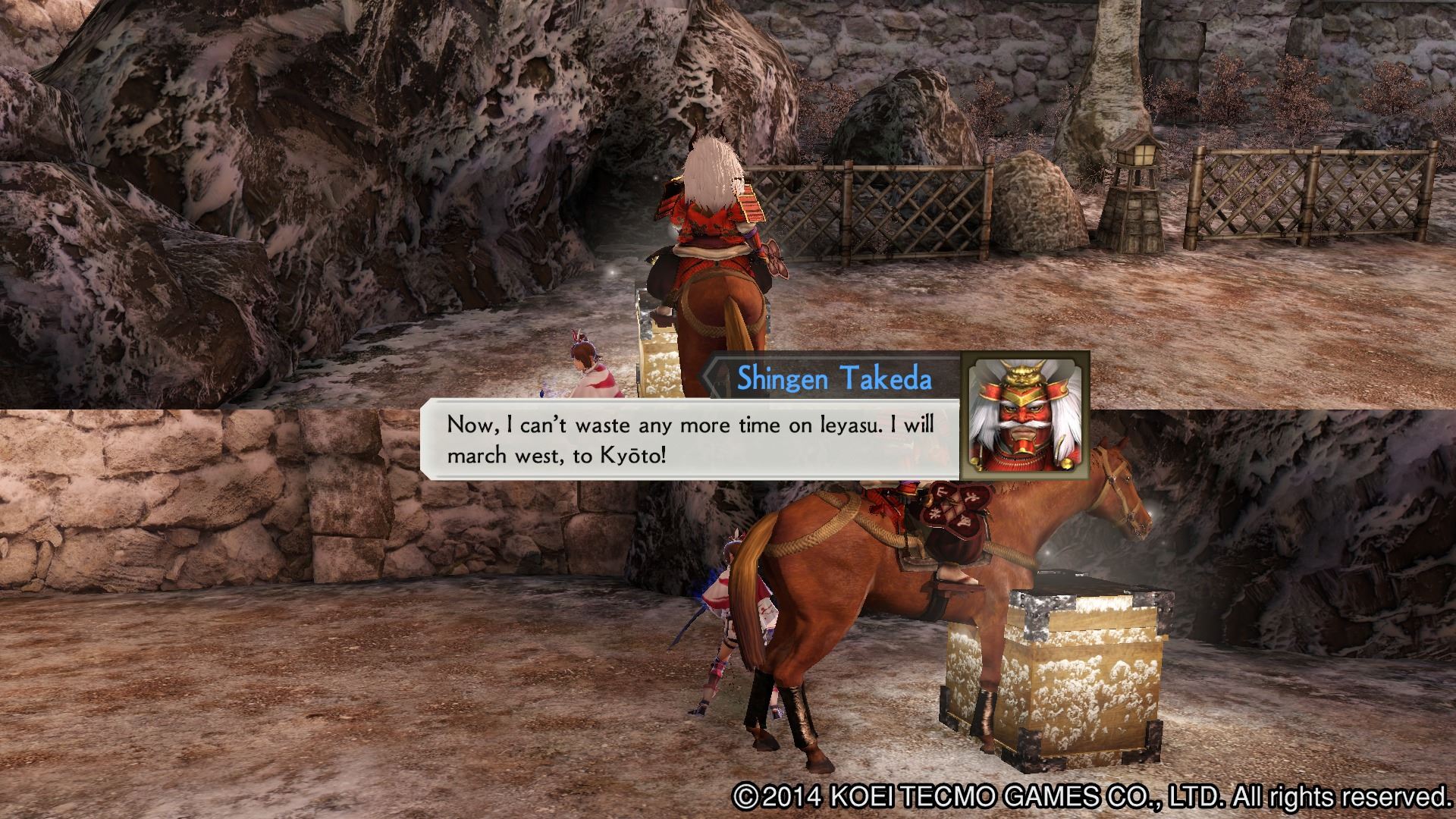
-
Samurai Warriors 4 Spoils of War

-
Samurai Warriors 4 This is Ieyasus Hurt Face
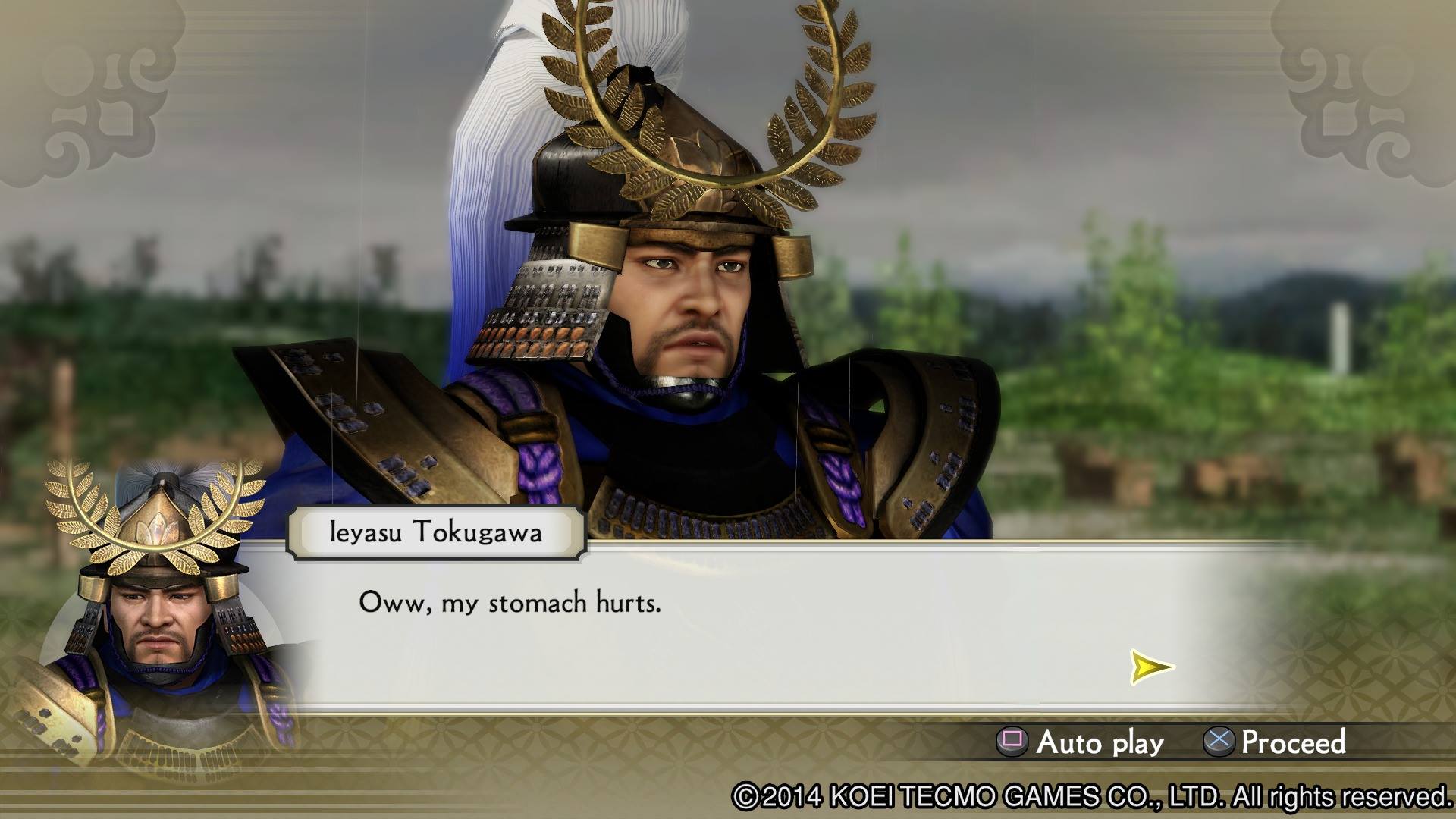
-
Samurai Warriors 4 Time for A History Lesson
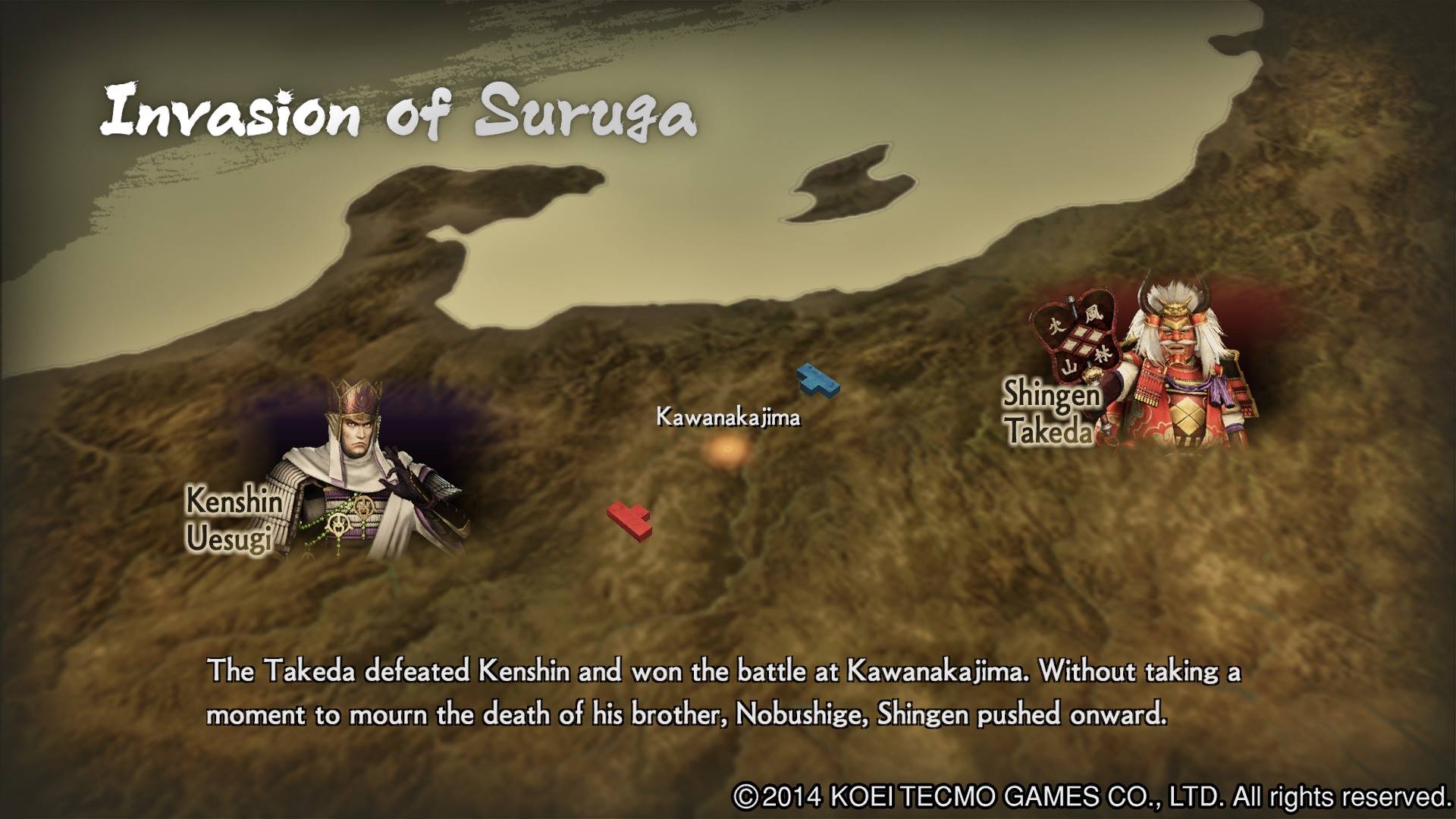
-
Samurai Warriors 4 Town Overview
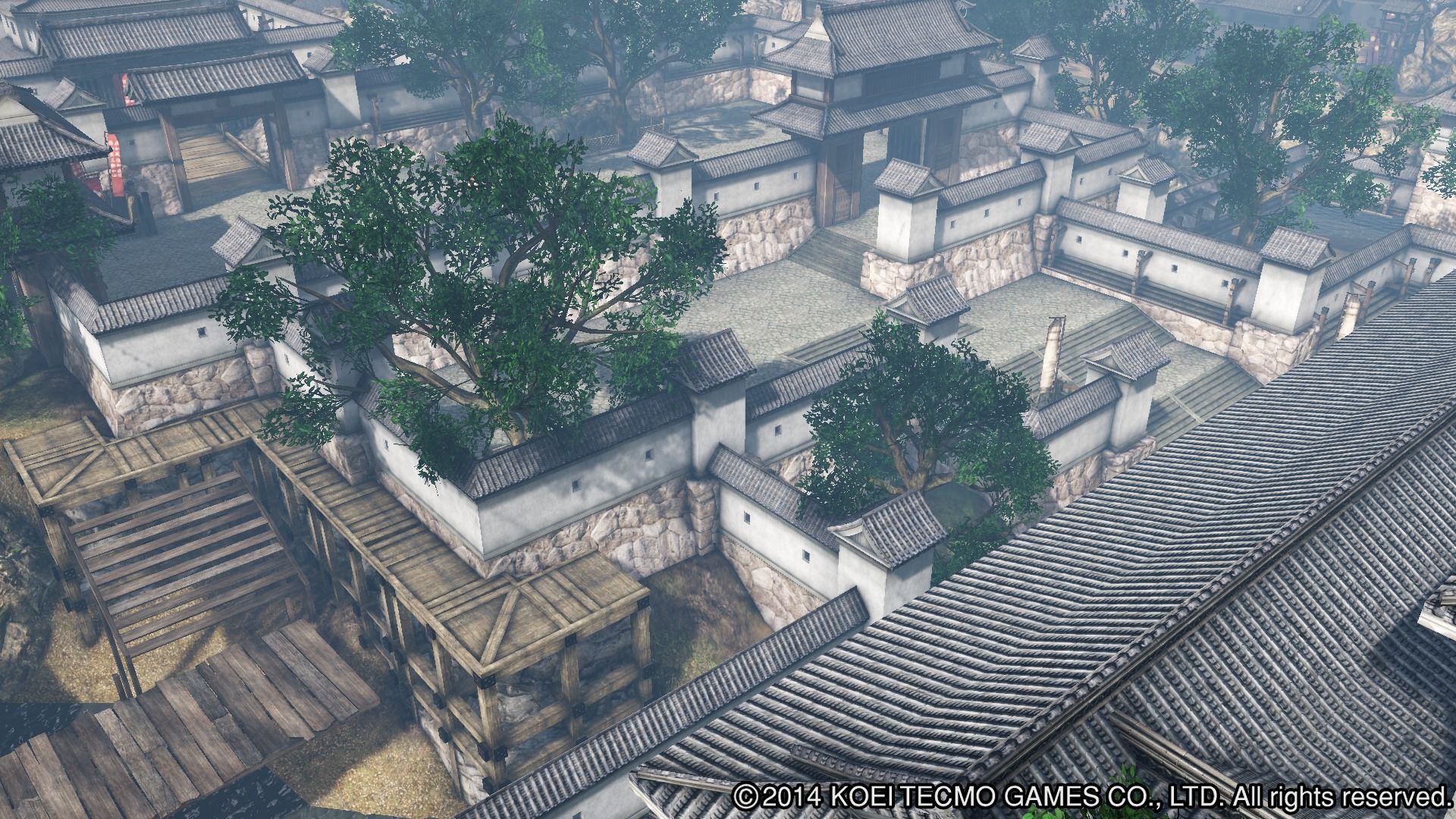
-
Samurai Warriors 4 Victory
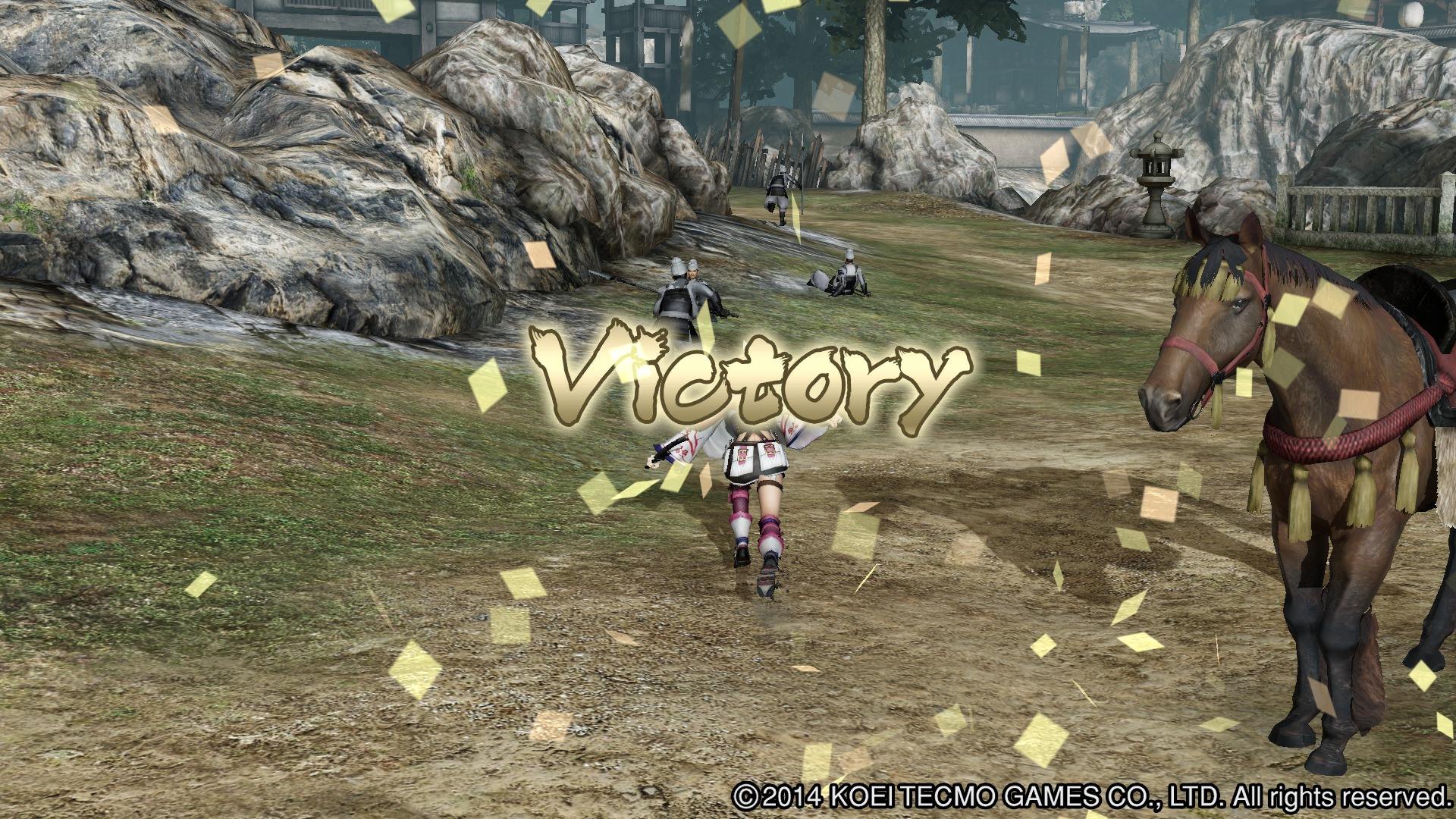
-
Samurai Warriors 4 Weapon Upgrades
